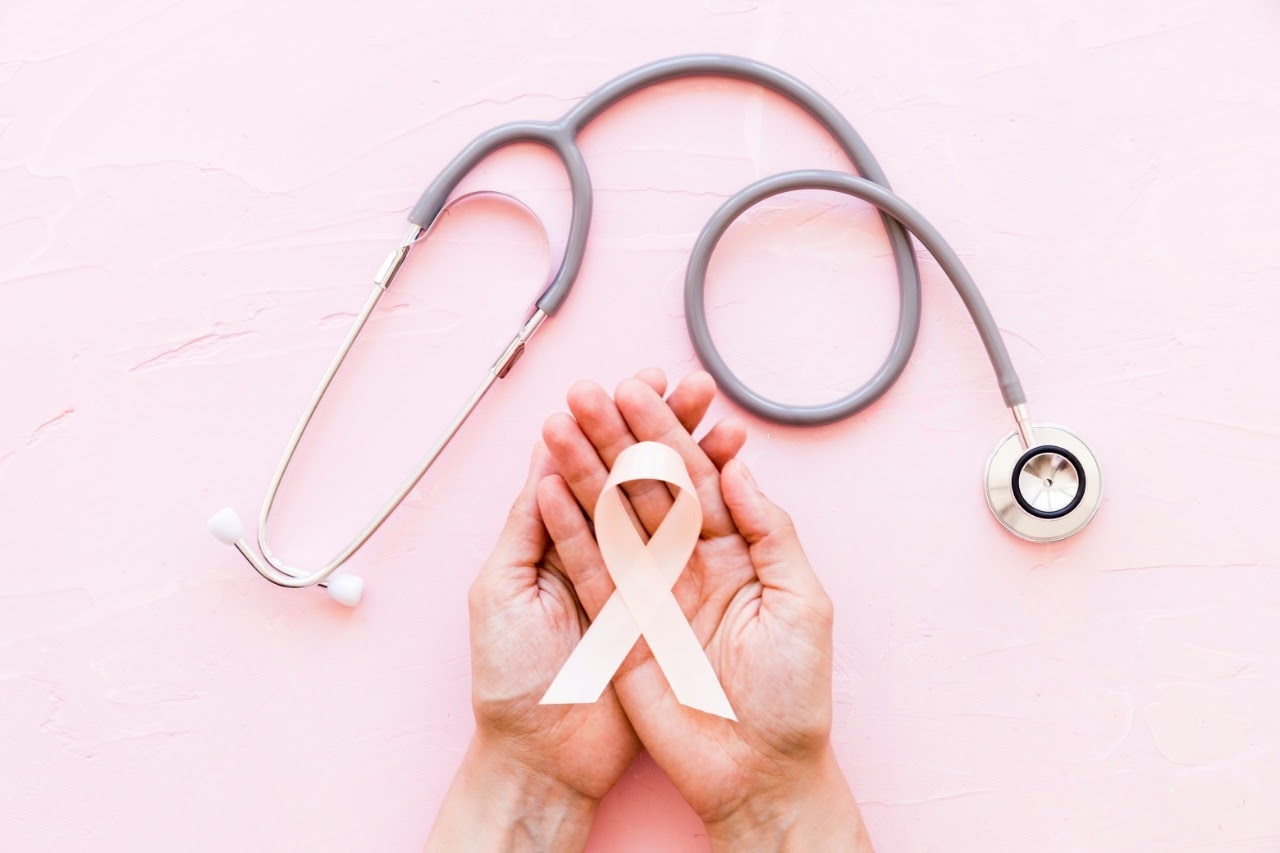Cancer is one of the leading causes of death worldwide. While it can be a daunting subject, understanding the ways to prevent cancer and the importance of early detection can help reduce the risk and improve survival rates. This article provides insights into cancer prevention strategies, the role of lifestyle changes, and how early detection can make a life-saving difference.
1. What Is Cancer?
Cancer is a term used to describe a collection of related diseases that occur when cells in the body begin to grow uncontrollably. These abnormal cells can form tumors and spread to other parts of the body (metastasis). The most common types of cancer include lung, breast, prostate, and colorectal cancers, but there are many others.
2. The Importance of Cancer Prevention
Preventing cancer before it develops is one of the most effective strategies in the fight against this disease. While not all cancers can be prevented, many risk factors for cancer can be controlled or minimized by adopting healthy behaviors and lifestyle choices.
Lifestyle Factors and Cancer Prevention
Several lifestyle factors play a significant role in reducing the risk of developing cancer:
- Diet: A healthy diet rich in fruits, vegetables, whole grains, and lean proteins can help lower the risk of cancer. Limiting processed foods, red meat, and alcohol consumption is also advised.
- Physical Activity: Regular exercise has been shown to lower the risk of cancers such as breast, colon, and endometrial cancer. Physical activity helps maintain a healthy weight, which is also important in cancer prevention.
- Avoiding Tobacco: Smoking is the leading cause of lung cancer and is linked to several other types, including mouth, throat, and bladder cancer. Quitting smoking or never starting is one of the best ways to reduce cancer risk.
- Sun Protection: Skin cancer, particularly melanoma, is one of the most preventable types of cancer. Wearing sunscreen, protective clothing, and avoiding excessive sun exposure can significantly reduce the risk.
Environmental and Occupational Factors
Exposure to certain environmental or occupational factors can increase the risk of developing cancer. Some examples include:
- Exposure to harmful chemicals: Certain industrial chemicals, pesticides, and carcinogenic substances can increase the risk of cancer. Proper protection and precautions in workplaces are essential.
- Air pollution: Long-term exposure to pollutants like tobacco smoke, diesel exhaust, and other toxins can contribute to lung cancer.
3. Early Detection: The Key to Improving Survival Rates
Early detection of cancer can significantly increase the chances of successful treatment and improve survival rates. Detecting cancer at an early stage when it is localized to a specific area of the body makes it easier to treat and increases the effectiveness of treatment options.
Screening for Cancer
Cancer screening involves tests and procedures used to detect cancer in people who have no symptoms. Early-stage cancers often don’t show noticeable symptoms, so screening is crucial in identifying them before they cause harm.
- Breast Cancer: Mammograms are recommended for women to detect early signs of breast cancer. Regular self-exams and clinical breast exams are also encouraged.
- Cervical Cancer: Pap smears and HPV tests help detect abnormal cells in the cervix before they turn into cancer.
- Colorectal Cancer: Colonoscopies are commonly used to detect colorectal cancer or precancerous polyps in the colon and rectum. These screenings are typically recommended for individuals over 50, but those with a family history may start earlier.
- Lung Cancer: Low-dose CT scans can detect early lung cancer in people who have a high risk, such as long-term smokers.
- Prostate Cancer: PSA (prostate-specific antigen) tests can be used to detect prostate cancer, though there is ongoing debate about their effectiveness in some groups.
Regular Check-ups and Self-Exams
In addition to screenings, regular check-ups with a healthcare provider are essential for detecting cancer early. It is also important for individuals to perform self-exams at home, such as breast self-exams or skin checks, to spot any abnormalities that may indicate early signs of cancer.
4. Risk Factors for Cancer and How to Manage Them
Several risk factors increase the likelihood of developing cancer. These include genetic factors, age, gender, and family history, but many of these can be managed through lifestyle choices.
Genetic and Family History
- Genetics: Some cancers, such as breast, ovarian, and colon cancer, have hereditary components. If you have a family history of cancer, it’s essential to inform your doctor, as they may recommend earlier or more frequent screenings.
- Age: The risk of developing cancer increases with age, but lifestyle changes can still reduce this risk.
Gender and Hormonal Factors
Certain cancers are more common in one gender. For instance, prostate cancer affects men, while breast cancer is more common in women. Hormonal factors, such as prolonged exposure to estrogen, can also increase the risk of certain cancers.
5. Cancer Vaccines and Prevention
Vaccines can play an important role in preventing certain types of cancer. For example:
- HPV Vaccine: The human papillomavirus (HPV) vaccine can prevent most cases of cervical cancer and some other cancers, including throat and anal cancers.
- Hepatitis B Vaccine: Hepatitis B infection is linked to an increased risk of liver cancer. The vaccine can help prevent this.
Conclusion
While cancer can be a devastating disease, there is much that can be done to reduce its risk and detect it early. Adopting a healthy lifestyle that includes a nutritious diet, regular physical activity, and avoiding known carcinogens like tobacco and excessive sun exposure can significantly lower the risk of developing cancer. Early detection through regular screenings and self-exams is also critical in improving survival rates. By taking proactive steps in both prevention and early detection, we can better protect our health and reduce the impact of cancer on our lives.
FAQs
1. Can cancer be prevented entirely?
While not all cancers can be prevented, many lifestyle changes—such as maintaining a healthy diet, exercising regularly, quitting smoking, and avoiding excessive sun exposure—can significantly reduce the risk of developing cancer.
2. At what age should I start getting screened for cancer?
The age at which you should start cancer screenings depends on the type of cancer and your risk factors. For example, mammograms are recommended for women starting at age 40, while colonoscopies are typically recommended starting at age 50. Speak to your healthcare provider about when to begin screenings based on your personal risk factors.
3. What are some early signs of cancer that I should look out for?
Early signs of cancer can vary depending on the type, but common symptoms include unexplained weight loss, persistent fatigue, changes in the skin (e.g., moles or lumps), difficulty swallowing, and persistent pain or discomfort. Regular check-ups and self-exams are essential to catch these signs early.









Leave a Reply